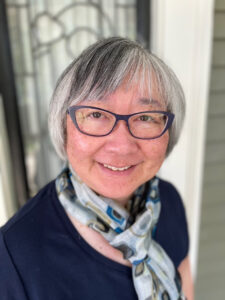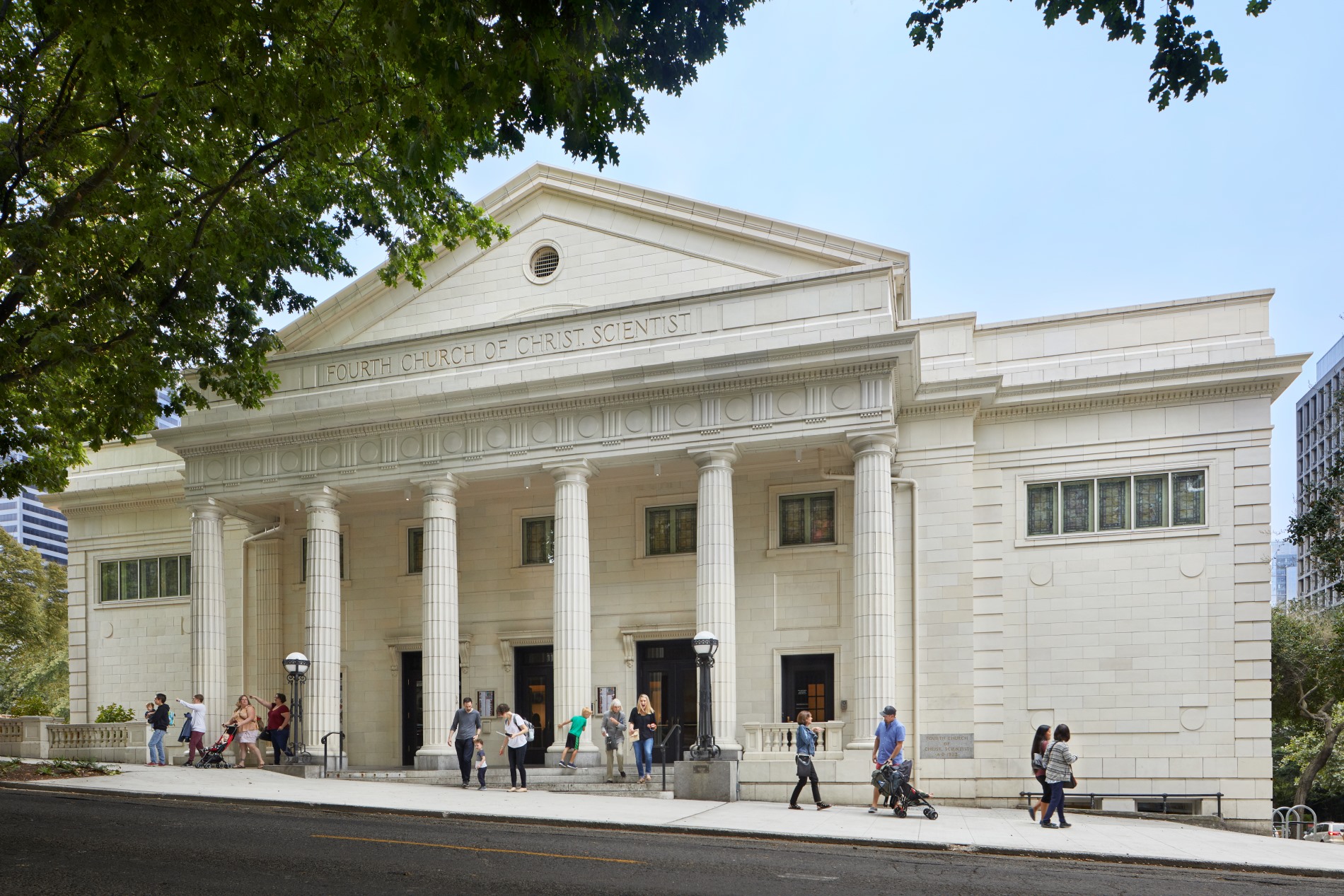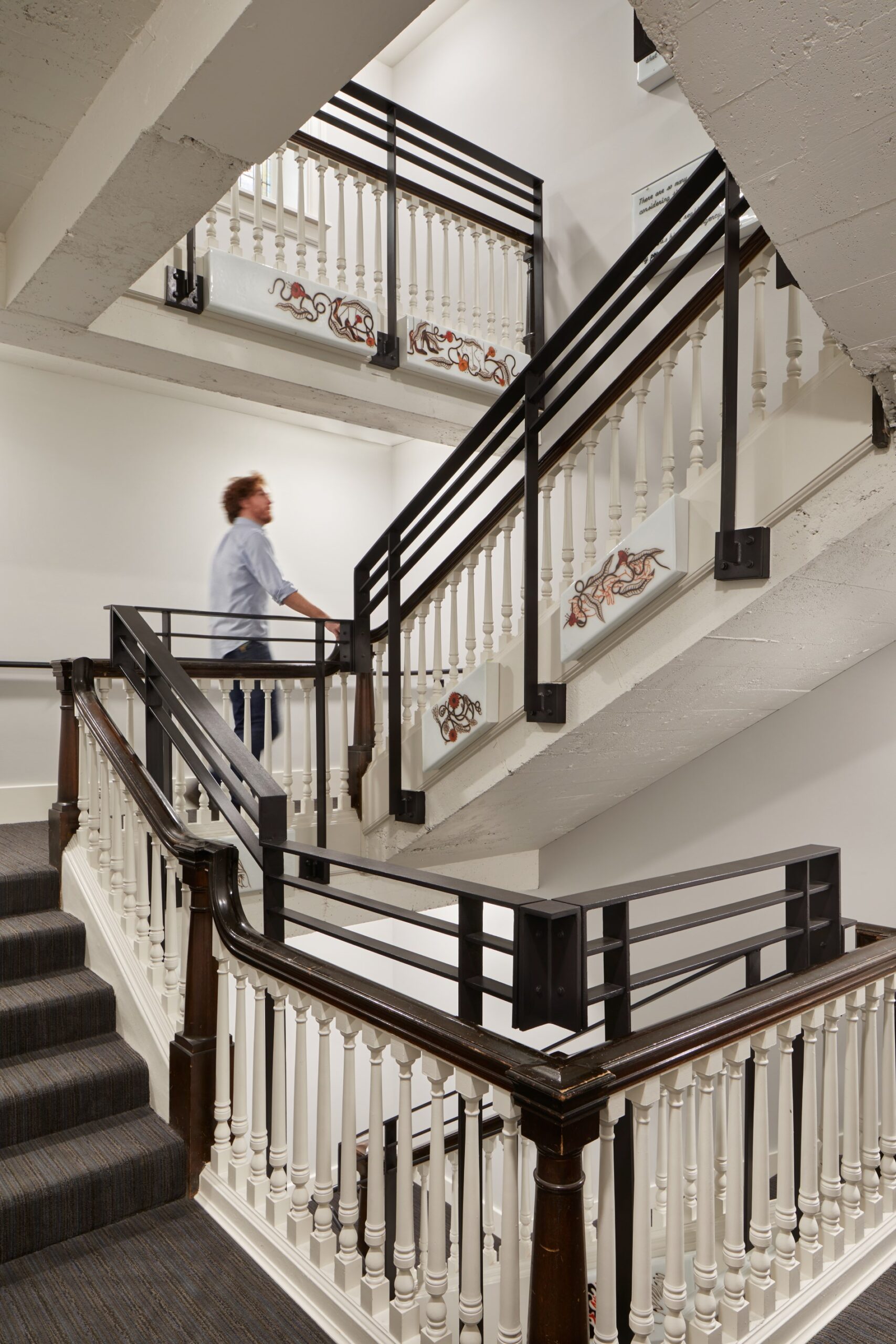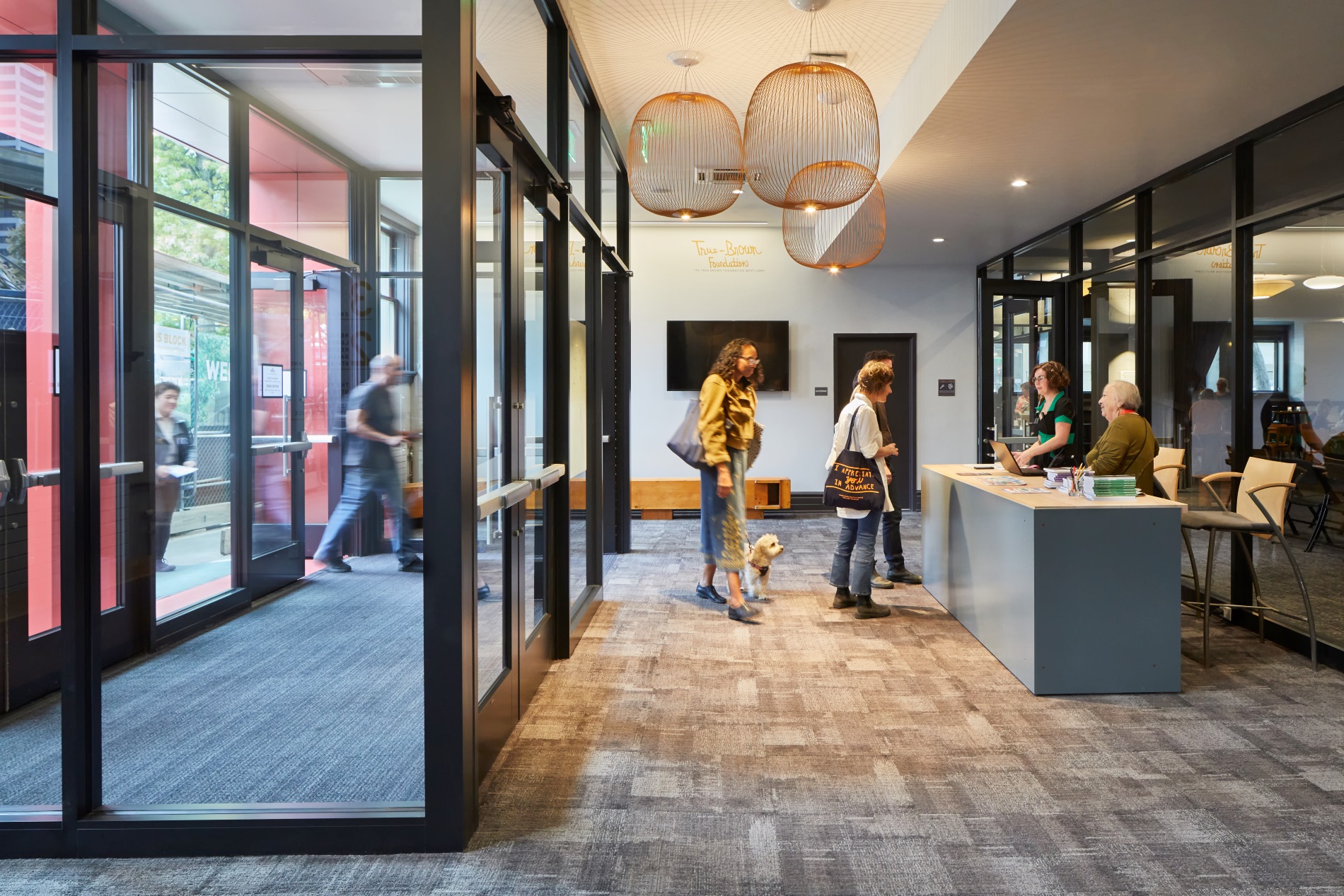
Eugenia Woo, Director of Preservation Services at Historic Seattle.
In September 2023, Eugenia Woo, Director of Preservation Services at Historic Seattle, spoke with Partners for Sacred Places about the preservation landscape in her community and the unique challenges historic sacred places in the Pacific Northwest often face.
Can you tell me a little about your role at Historic Seattle?
I have been with Historic Seattle since 2009. I lead our preservation advocacy efforts, which involves doing community outreach, offering technical assistance, and working on policy. Mainly I work with grassroots groups to try to save historic places that are threatened.
Are there unique challenges for Seattle, and the Pacific Northwest in general, when it comes to preservation?
Development pressure continues to be huge here in Seattle. Geographically, we’re hemmed in by a lot of bodies of water, and we have a completely built-out city. The challenges are pitting historic preservation against other important areas, particularly affordable housing. And when it’s done that way, it is seen as an either/or scenario. It’s funny because preservation has historically provided housing — usually more affordable housing than some new construction.
What role do you see historic sacred places playing in the Seattle landscape? Are there additional barriers for sacred places when it comes to preservation?
Church buildings remain in the neighborhoods outside of the city center, but there is only one church building left downtown, which has not functioned as a church for years. Many houses of worship have been torn down. In the best-case scenario, when a sacred place closes, it is adaptively reused, which is something that we like to see if another religious entity is unable to purchase or occupy that sacred place.
Sacred places are important to the physical landscape. And that’s where a lot of communities gather not only spiritually but also socially. The interesting thing about Seattle, though, is that it is a pretty secular city, and it is becoming more so.
In terms of Historic Seattle’s role in preserving these spaces, if we learn early on that a historic sacred place is threatened, we do our research and try to connect with the owner. We can aid in finding a buyer that wants to keep the building. And then if it changes hands and they sell it to a nonreligious entity, there’s opportunity to submit a landmark nomination. It becomes trickier when the building is still in the congregation’s hands. Due to Washington state laws, a religious property cannot be landmarked without the consent of the owner. Normally in Seattle the Landmarks Preservation ordinance allows for anyone to nominate a building as a historic landmark: owner consent is not required. The only exception here is religious-owned properties.
How do you see secular historic places deal with some of the current challenges of preservation, and is there anything sacred places can learn from them?
From a physical standpoint, whether we are talking about a family-owned building or a public space, maintenance is always an issue. Property values are increasing, which drives up pressure to sell and demolish rather than preserve. Seismic retrofitting of unreinforced masonry can also be a huge cost barrier. Landmarking is an effective tool to use for preservation, but unfortunately it does not always guarantee a property, sacred or secular, can be saved. Landmarks Board staff negotiates a controls and incentives agreement with an owner as part of the landmark designation process, but the owner can try to demonstrate that designation somehow deprives them of reasonable economic return.
That sounds frustrating. Is there a specific historic sacred place that comes to mind that has survived that process?
In terms of adaptive reuse, one of my favorites is now called Town Hall. It’s on First Hill near our office. It was formerly the Fourth Church of Christ, Scientist, and constructed between 1916 and 1922. Historic Seattle owned the building for a short time in the 1990s to save it from demolition. Then a group of local arts and culture advocates came together and purchased the building to create Town Hall. It is now an amazing space for lectures and events and a true part of the community. It feels like everyone has been to Town Hall for an event. A few years ago, it underwent a major rehabilitation project, including a full seismic retrofit. Town Hall has been a wonderful success story.



